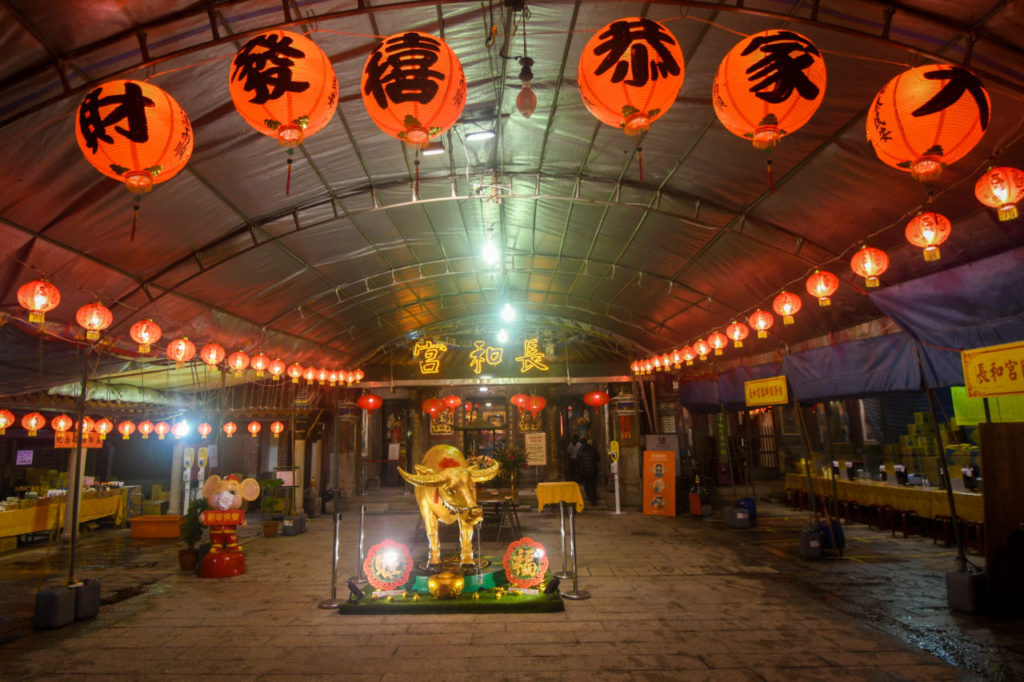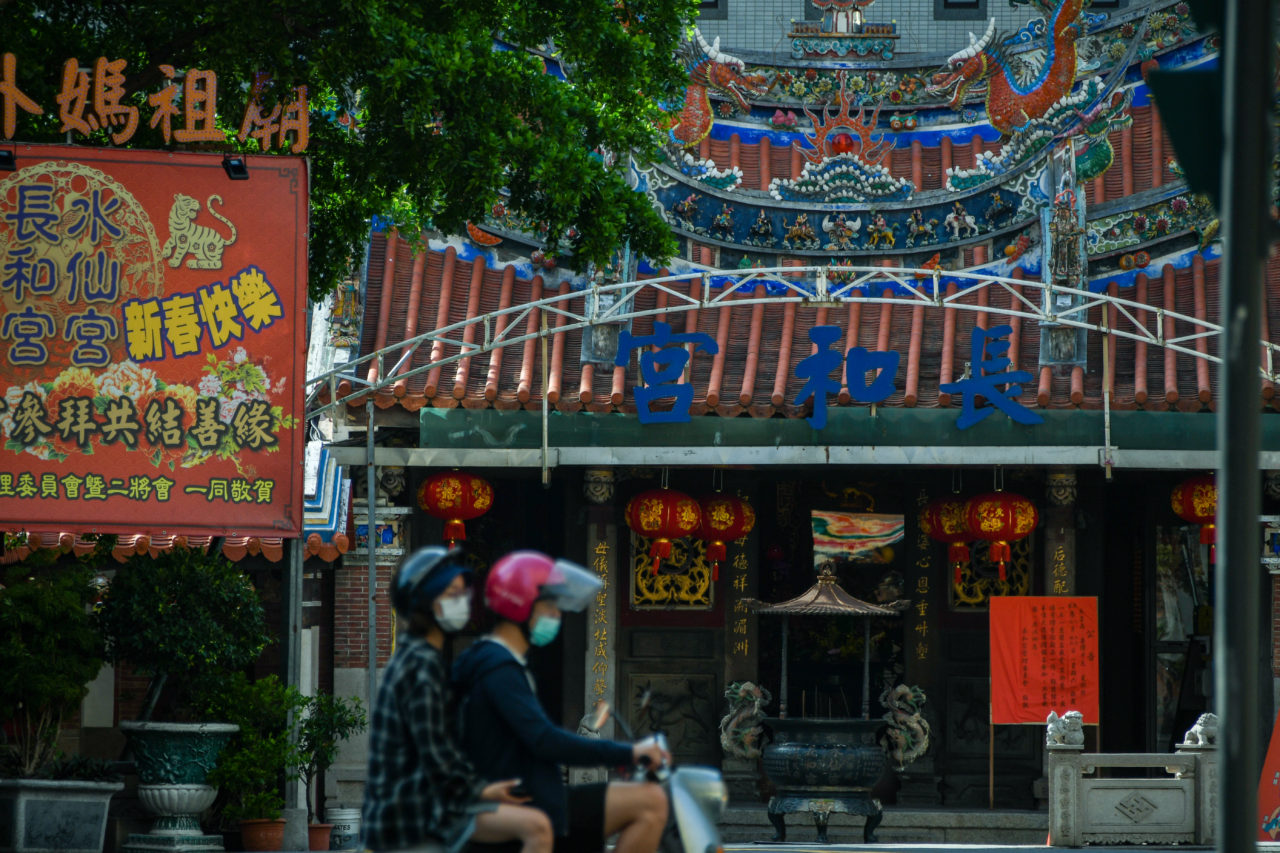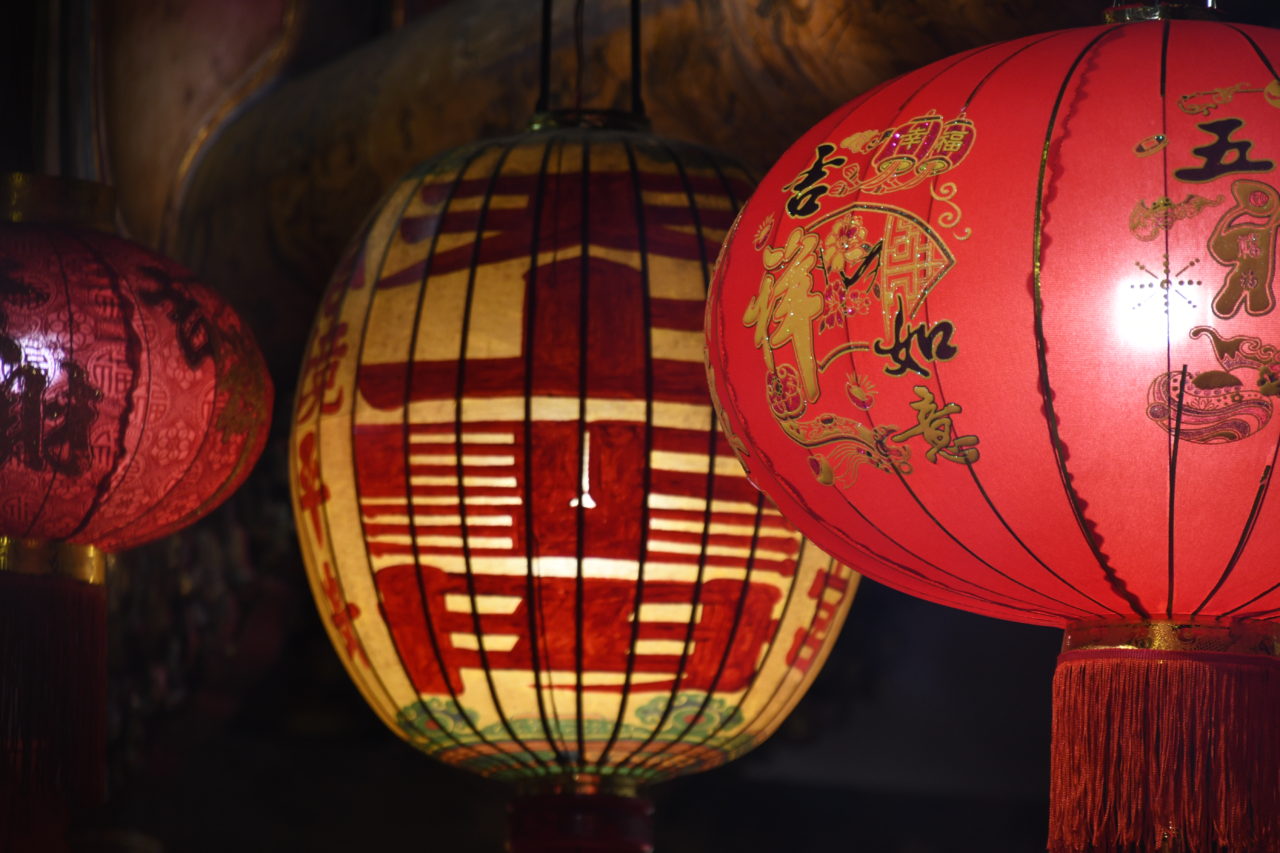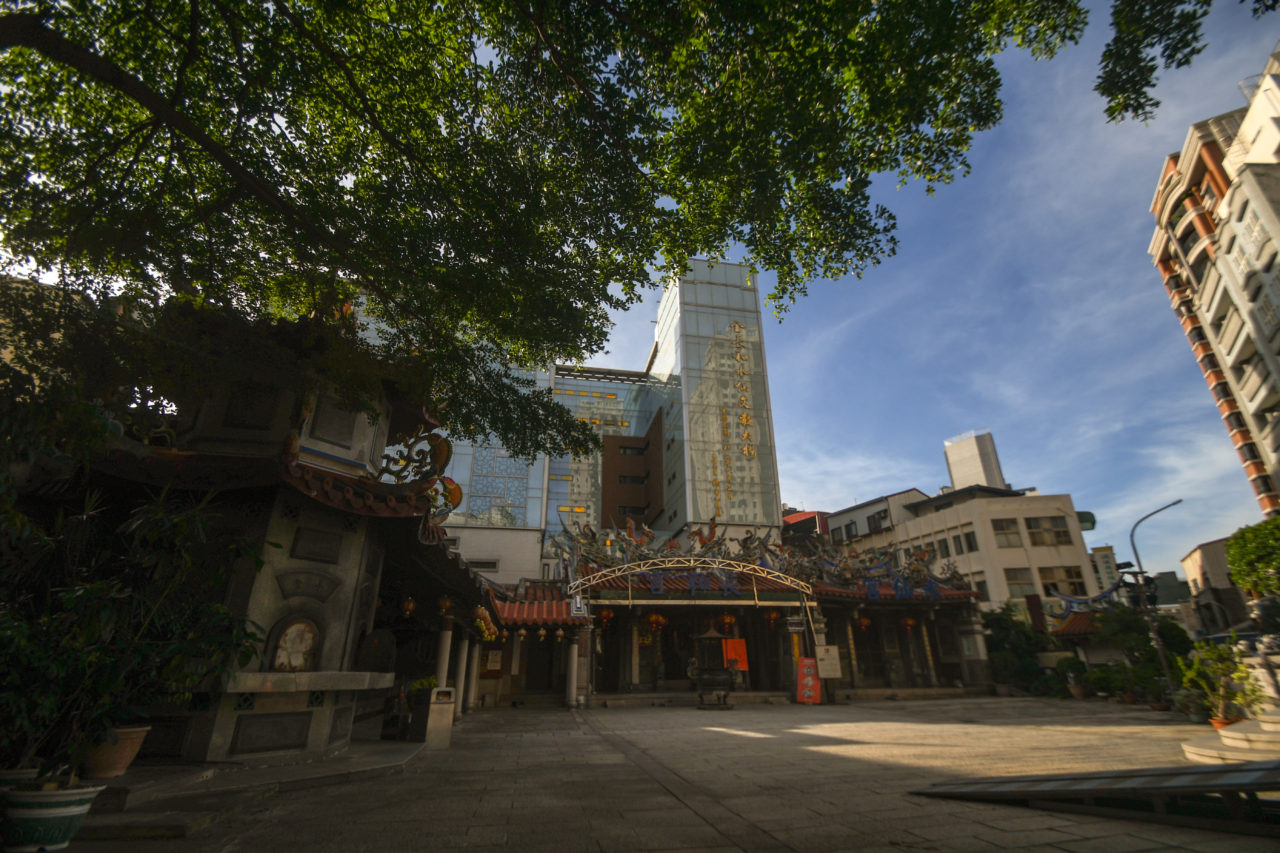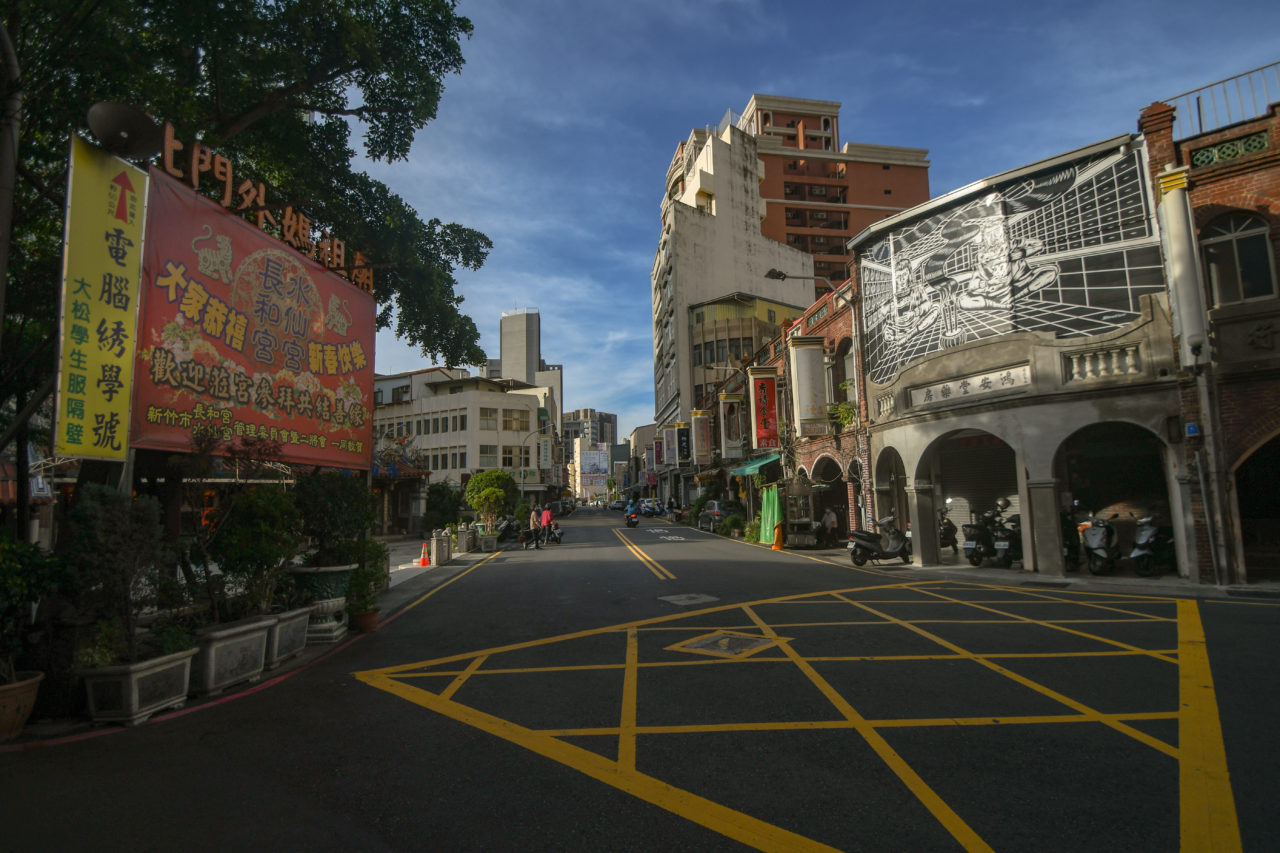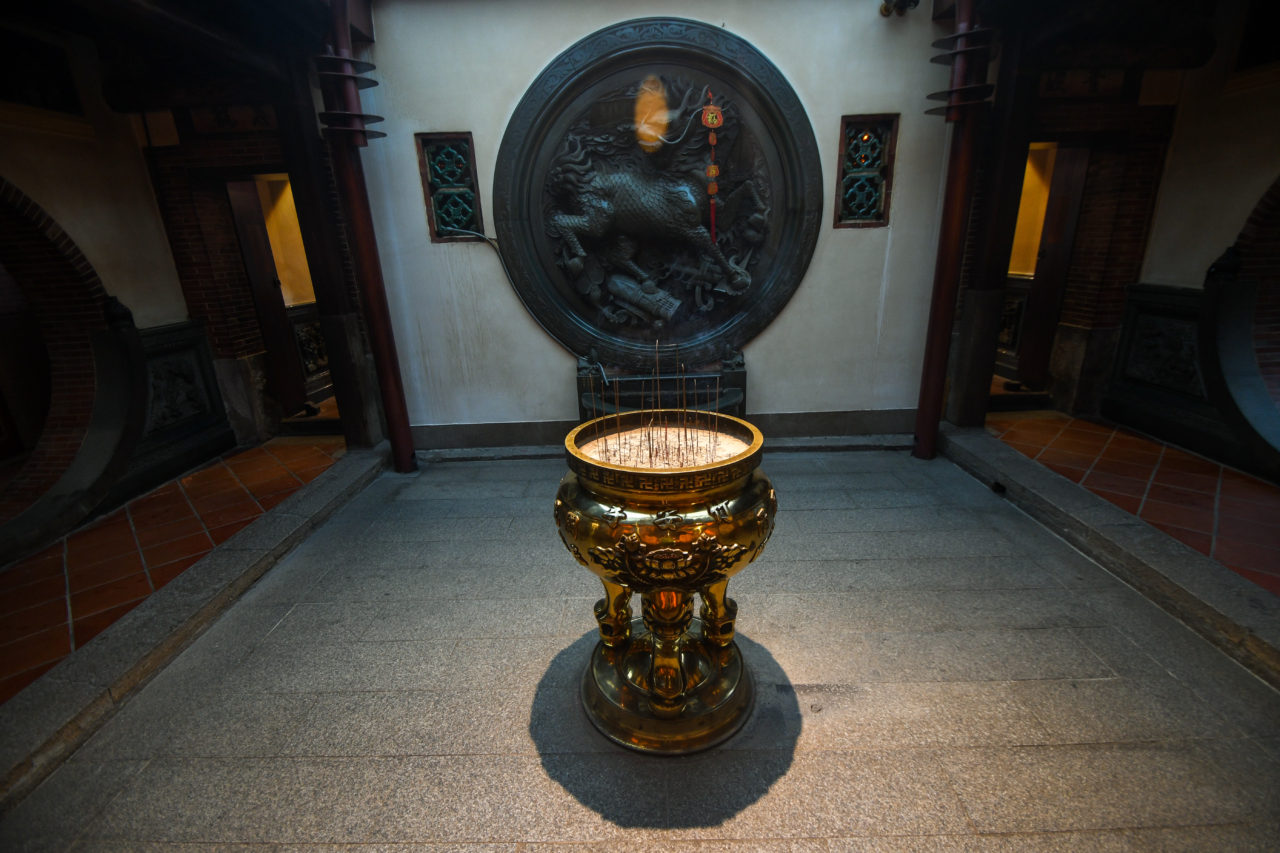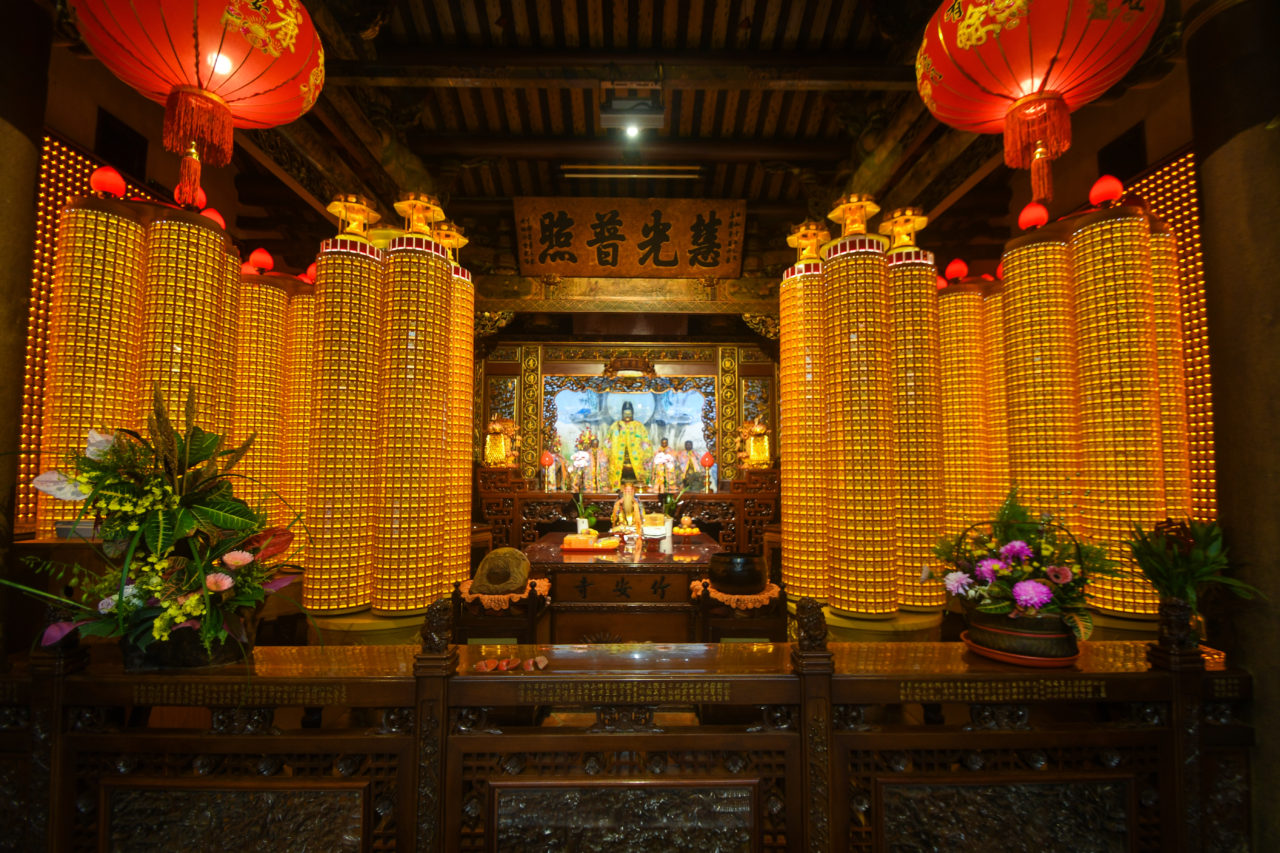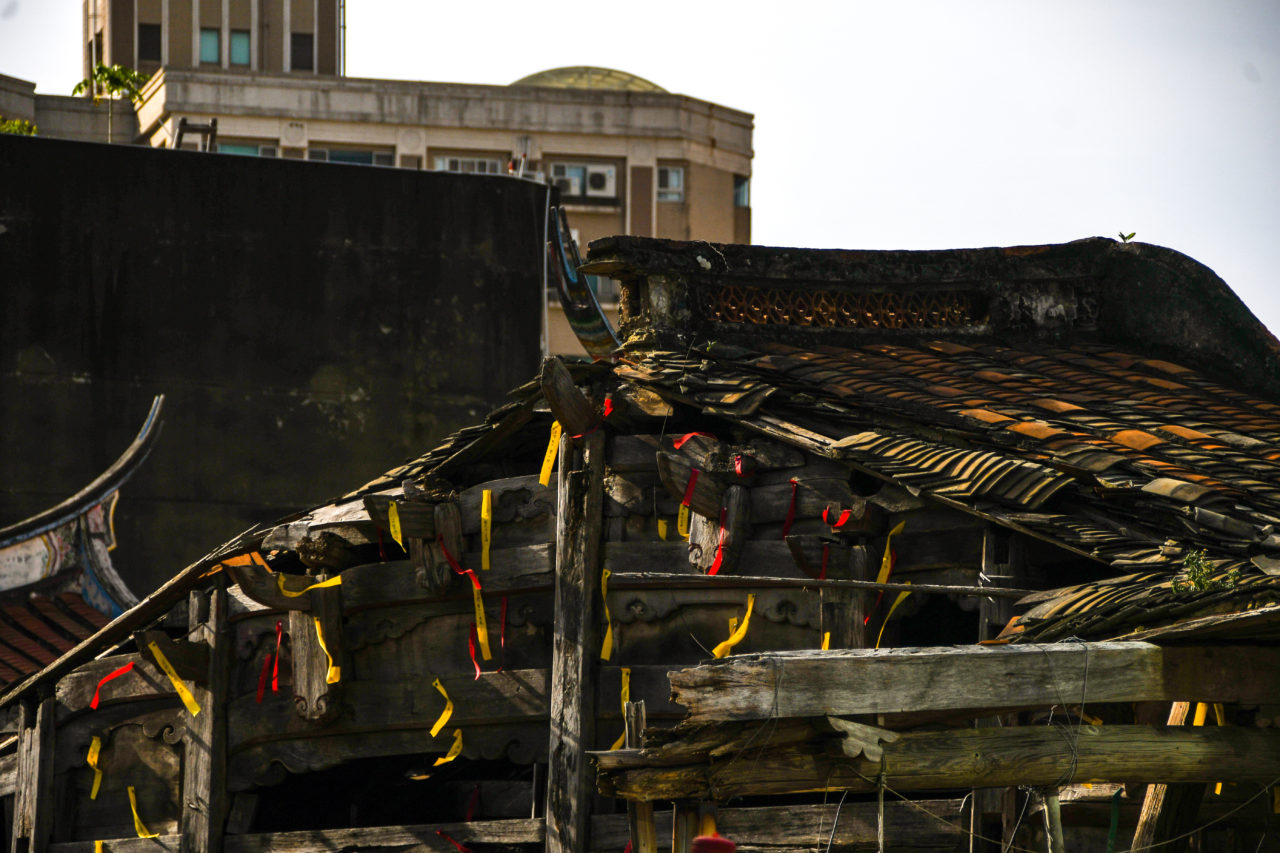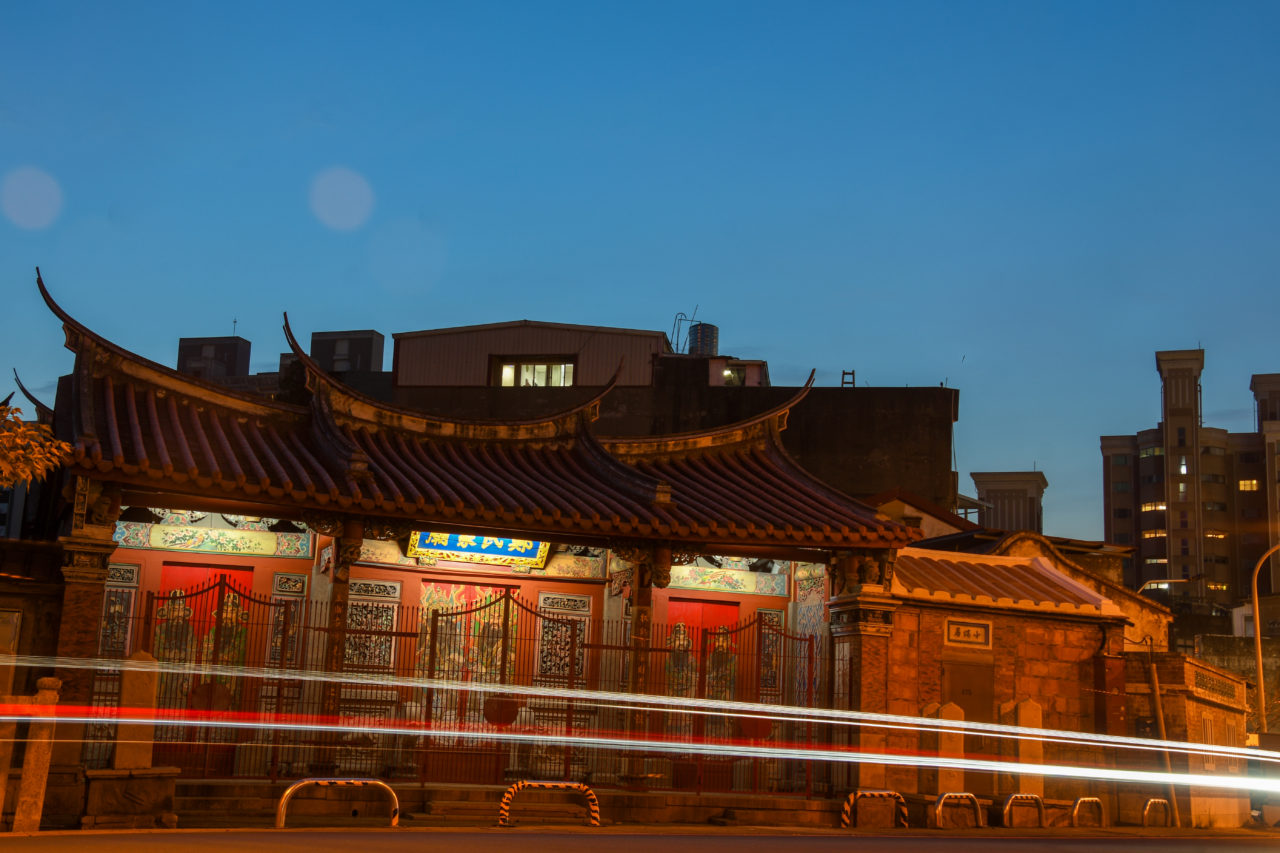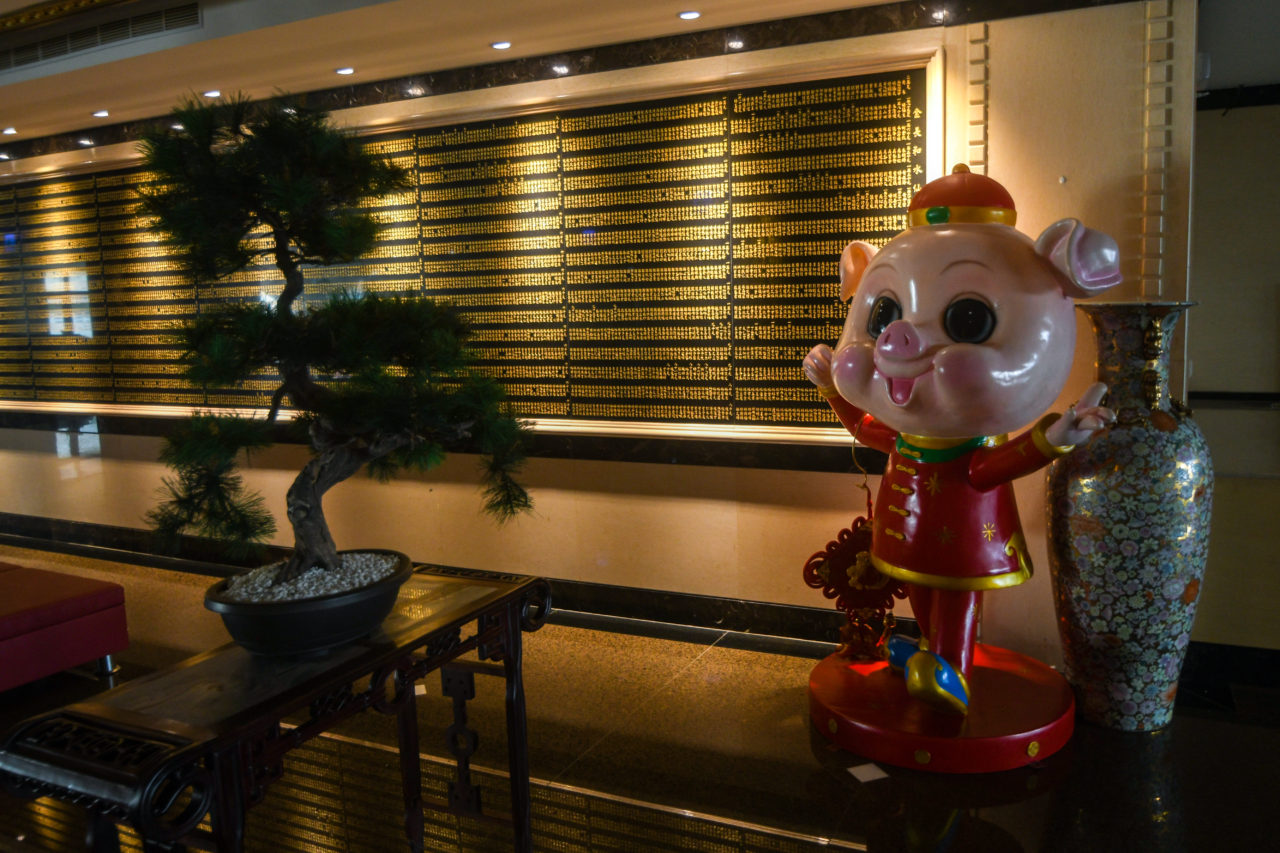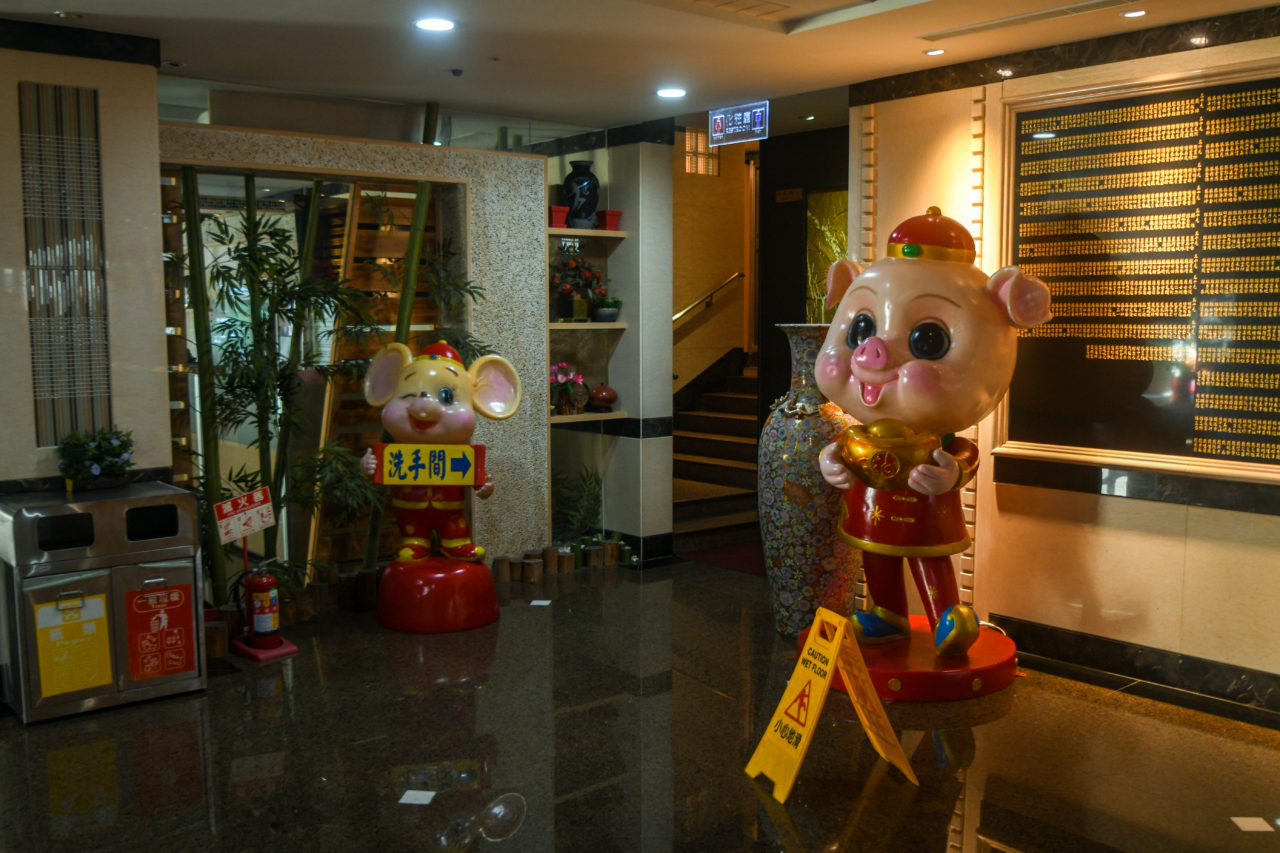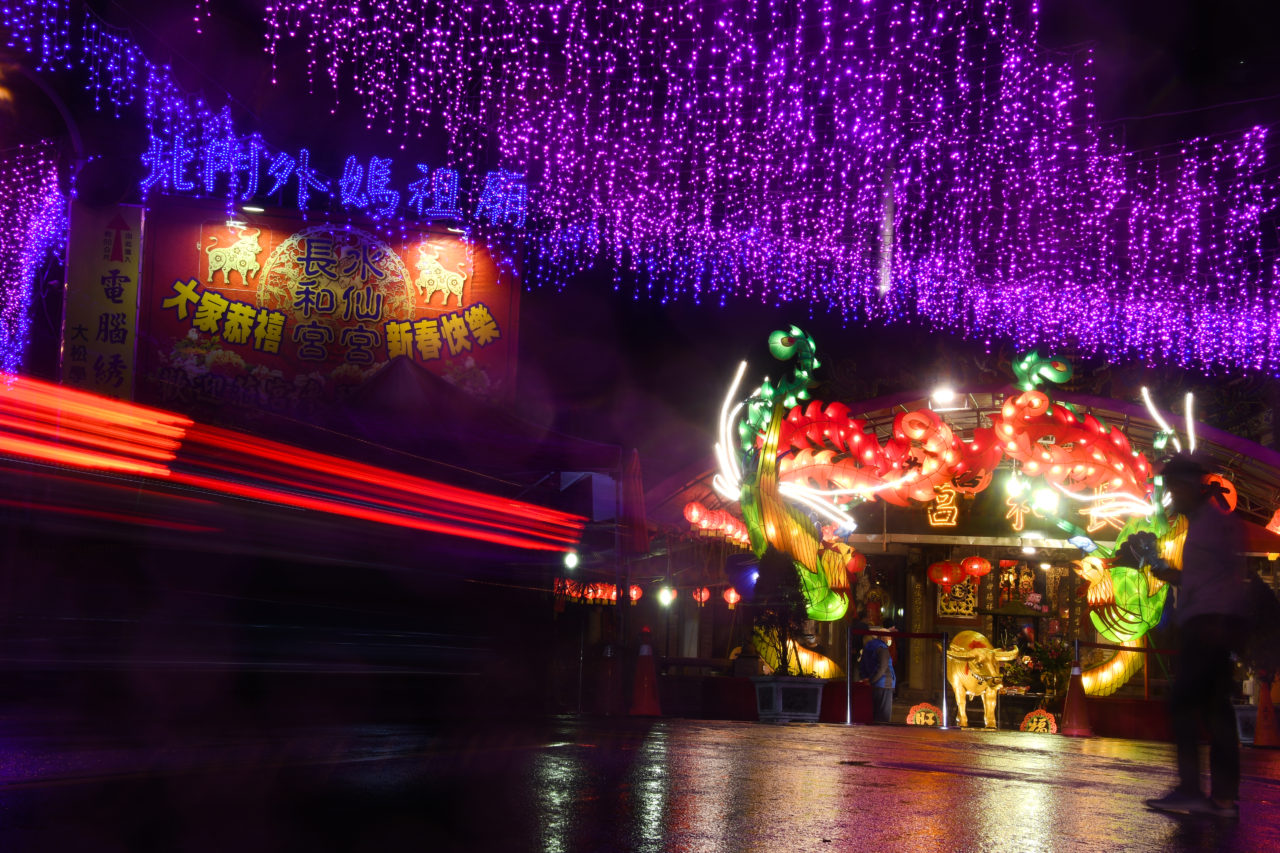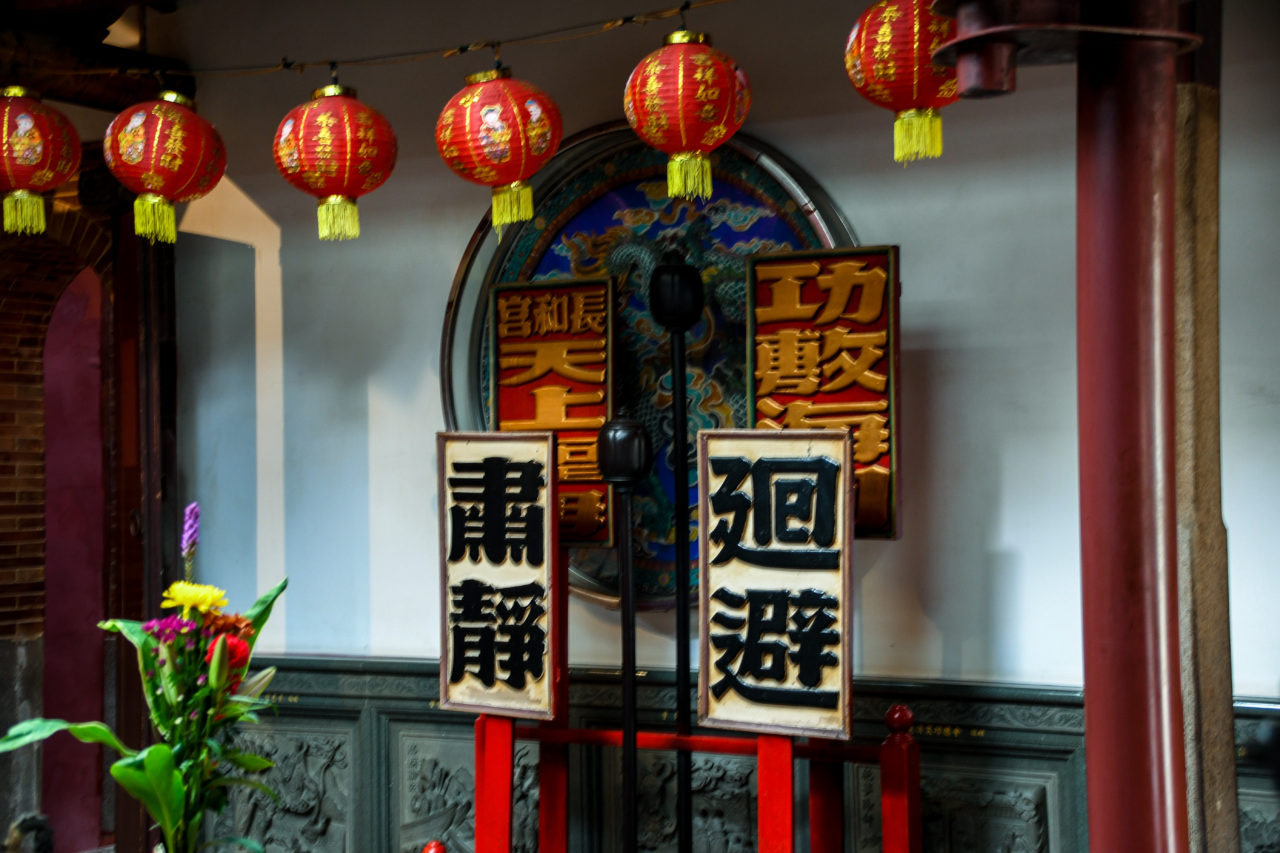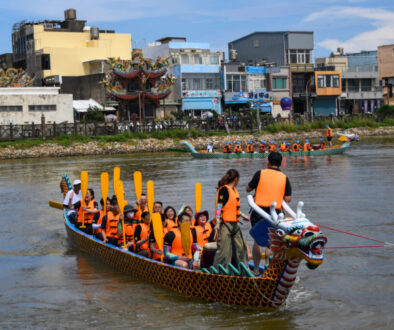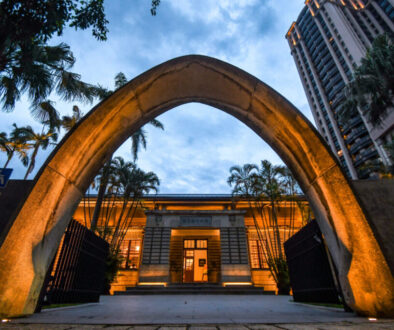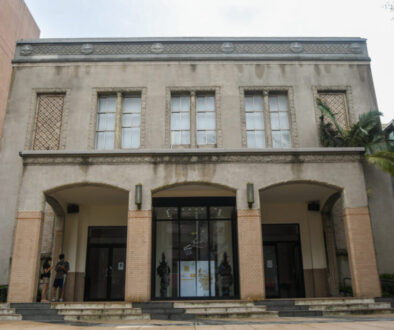Changhe Temple Hsinchu 長和宮新竹
Historic North Gate
Time has a way of tearing down the old and building up the new. Although Hsinchu’s Changhe Temple (長和宮) is one of the oldest of its kind in the city, it has gone through many changes through the years. Within three hundred years, Changhe Temple has been burned, destroyed, and rebuilt several times. Despite all of its challenges, the sacred halls still attract pilgrims and travelers from all over the country.
With the City God Temple (城隍廟) as the heart of Hsinchu, there are many other temples sprinkled around the surrounding area. If you are looking for the oldest temples in Hsinchu, you’ll find that there are only three left. These are the Chenghuang Temple (City God Temple), Chulian Temple, and Changhe Temple.
There is no better time to visit Hsinchu than during the yearly Dragon Boat Festival! Read more here!
Beimen Street (北門大街)
Beimen Street or North Gate Street (北門大街) is a major artery that links Changhe Temple to the City God Temple. This street has a history stretching back all the way to the founding of Hsinchu. When walking from one temple to the other, you’ll be passing decades-old crumbling brick buildings. Many of these houses date back to the Japanese occupation of Taiwan.
Despite the age shown on many of the homes along Beimen Street, travelers will also find plenty of restaurants to choose from. Ranging from well-established local eateries to trendy youthful bubble tea shops, you’ll have tons of choices for lunch while walking to Changhe Temple. After getting a bite to eat, get ready to explore the historical Outer Matzu Temple.
If you’re looking for one of the biggest temples in Hsinchu, be sure to head over to Tiangong Tan!
Changhe Temple
Changhe Temple is also known as the Outer Matzu Temple (外媽祖) due to its historic location outside of the North Gate of Hsinchu. During the Qing Dynasty, the North Gate of Hsinchu was a meeting place for many merchants and businessmen in the city. Stores and restaurants were established in this part of the city to cater to the many sailors bound for the port in Nanliao (南寮). Gradually, this area became a business center of Hsinchu.
In 1742, Changhe Temple was established by the North Gate for sailors and merchants. As the Goddess of the Sea, believers would pray to Matzu before embarking on their journey across the waves. To the right of Changhe Temple, is another small hall known as Shuixian Temple (水仙宮). Unsurprisingly, this shine is home to the Five Gods of the Waters (水仙尊王).
With a mix of Taiwanese and Christian architecture, be sure to visit the Church of the Sacred Heart of Jesus!
Crumbling Mansions
Right next to Changhe Temple is an entire city block packed to the brim with historic houses. With dilapidated terracotta roofs and peeling paintings of gods, time has not been kind to these century-old homes. This entire area used to be the home of Zheng Yong-xi (鄭用錫). This man was a high-ranking political figure and scholar in Hsinchu. In 1837, Zheng built several courtyards, a mansion, as well as a family temple (鄭氏家廟) just outside of the North Gate.
After bombings by the Americans during World War Two, only two of Zheng’s courtyards remain. Unfortunately, the surviving buildings have not been well maintained. Other than the Zheng Family Temple, most of the other houses have been left to rot. There is hope, however. Efforts have been made to bring the other buildings, such as Jinshdi (進士第), back to their former glory.
You can find out more about Zheng Yong-xi and his grave at the Military Cultural Park!
Changhe Temple Hotel and Museum
In the middle of all of Beimen’s historic temples and mansions is a shiny looming hotel. In the back halls of Changhe Temple, you’ll find automatic glass doors that slide open as you approach. In contrast with the aging stone and brick of Changhe Temple, you’ll be entering a pristine lobby. The contrasts of black and white will leave you with an eerie feeling as you walk the empty halls. With only your reflection on the polished floors keeping you company.
Other than the hotel lobby and rooms. Changhe-Shuixian Tower (金長和水仙文教大樓) also has a museum on its third floor. You will need to check the hours before you jump into the elevator. The museum may be closed leaving you in another cold, uncharming hall.
Feeling a bit hungry? Head on over to Jingtingjia! A historic Izakaya in Hsinchu!
Cornerstone of Hsinchu
Hsinchu’s Changhe Temple can often get overlooked with so many other things to do downtown. But for all you history buffs, this temple will have you imagining what life was like in Taiwan during the Qing Dynasty. What makes the North Gate area even better is that it is yet to reach its full potential. Within a few months, Changhe Temple will take its place as a historical epicenter of Hsinchu.
With nearby crumbling red brick buildings, lanterns swaying in the breeze, and ornate roofs, there is a little something for every kind of tourist to enjoy at Changhe Temple. From its peaceful courtyard to surrounding sleepy alleyways. Beiman is the perfect spot to kick off exploring Hsinchu off of the beaten path.
You can find even more things to do in Hsinchu on this list here!

